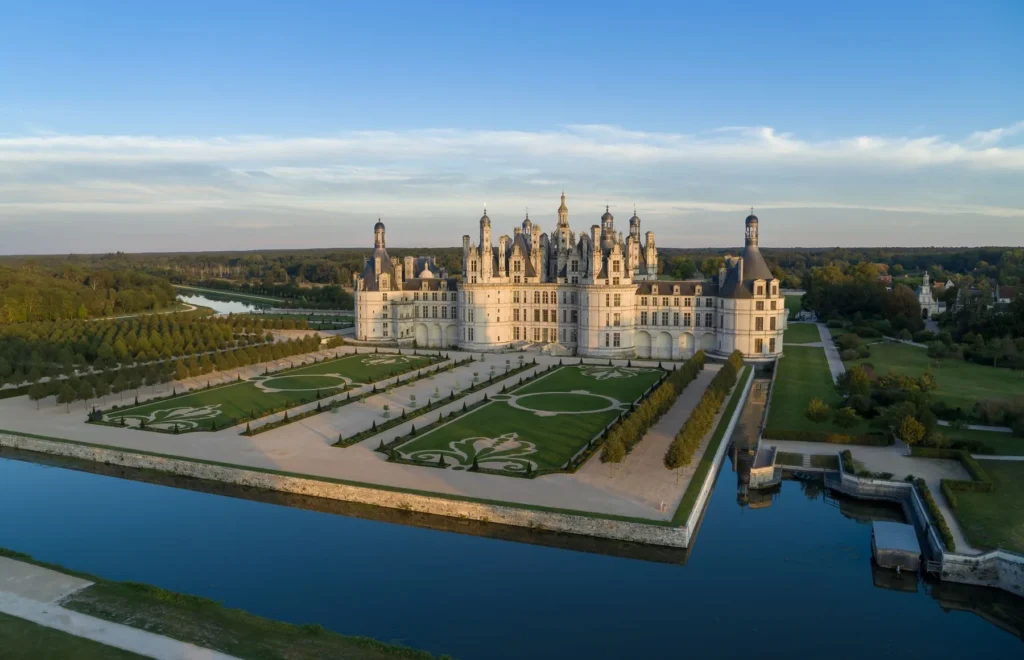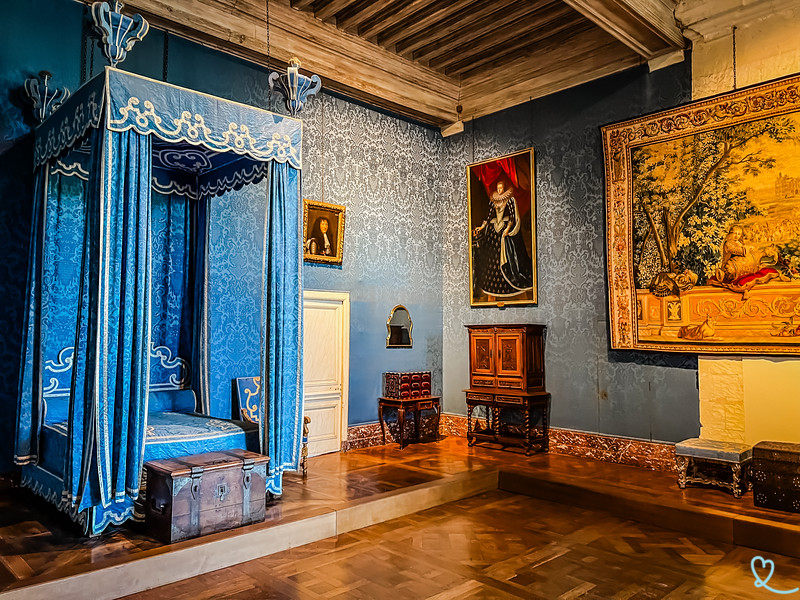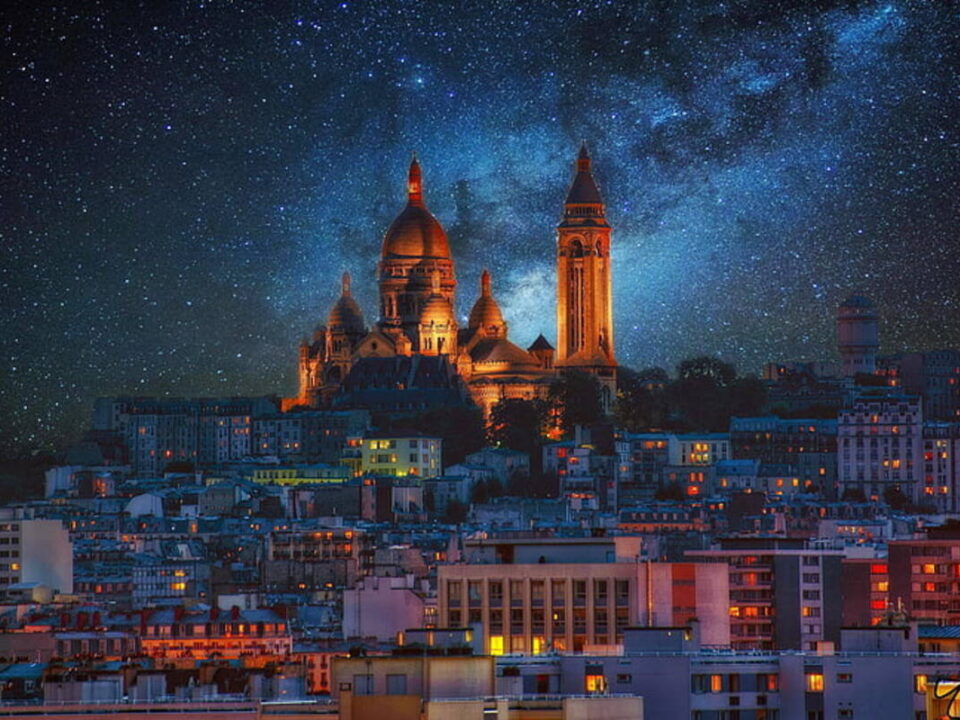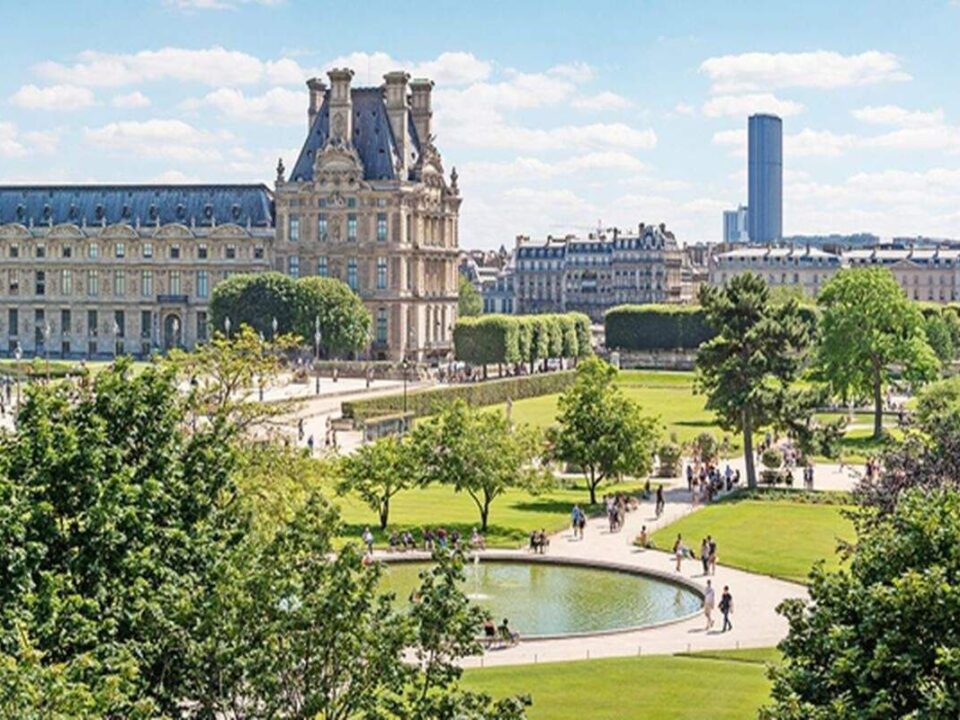Exploring Chateau de Chambord: A Jewel of the French Renaissance

Exploring Chateau de Chambord: A Jewel of the French Renaissance
Nestled in the heart of the Loire Valley, Chateau de Chambord is not only a magnificent example of French Renaissance architecture but also a symbol of the extravagant vision of King François I. Constructed in 1519 as a hunting lodge for the king, this majestic castle is now one of France’s most visited and beloved tourist attractions. In this article, we delve deep into the history, unique features, and visitor experiences offered by Chambord, while providing practical travel tips and highlighting nearby attractions to help you plan the perfect visit.

Chateau de Chambord at a Glance
Historical Background
Chateau de Chambord was commissioned by King François I with aspirations to reflect his power and prestige. The construction of the Chateau started in 1519 and spanned over four decades, involving 1,800 workers at its peak. Though initially intended as a hunting lodge, it was seldom used by the king, serving more as an architectural statement than a royal residence.
Geographical Position
Located about 15 kilometers east of Blois and 2 hours south of Paris, Chambord sits at the edge of an expansive 13,000-acre forested park. This setting not only enhances the Chateaus majestic appearance but also its historical role as a royal hunting ground.
Significance for Visitors
Chateau de Chambord is a UNESCO World Heritage site, recognized for its distinctive French Renaissance architecture influenced by traditional French medieval forms and classical Italian structures. It is famed for its intricate roofscape and the double-helix staircase, purportedly designed by Leonardo da Vinci, although he died before the construction began.
What Makes Chateau de Chambord Special?
Architectural Marvel
The Chateau architecture with its 440 rooms, 365 fireplaces, and 84 staircases is a sight to behold. The double-helix staircase at the heart of the Chateau is a masterpiece, enabling people to ascend and descend without ever meeting, highlighting the blend of scientific innovation and artistic flair that defines the Renaissance.
Visual and Cultural Appeal
The expansive terraces offer visitors panoramic views of the turrets, chimneys, and gables that adorn the Chateau, showcasing an architectural complexity that captivates artists, historians, and travelers alike.
Suggested Activities
Tours and Exhibitions
Guided tours are available, offering insights into the history, architecture, and the royal inhabitants of the Chateau. Seasonal exhibitions often take place within the Chateau, featuring art and artifacts related to its history and restoration.
Outdoor Pursuits
The surrounding estate, known as the Domaine National de Chambord, offers a variety of outdoor activities including hiking, horseback riding, and cycling. Visitors can rent bicycles to explore the vast grounds where wildlife such as deer and wild boar roam freely.
Boating and Photography
The castle is surrounded by a moat and set against vast forests and gardens, providing picturesque landscapes for photography and leisurely boat rides, allowing visitors to enjoy the scenery from a unique perspective.

Travel Tips for Chateau de Chambord
Best Time to Visit
The best time to visit is during spring (April to June) and early fall (September to October) when the weather is pleasant and the crowds are smaller compared to the busy summer months.
Getting There
Visitors can reach Chateau de Chambord by car from Paris in about two hours. Public transport options include trains from Paris to Blois, followed by a shuttle bus to Chambord.
Costs and Amenities
The entry fee to the Chateau is reasonably priced, with concessions available for children and groups. The domain itself houses several restaurants and gift shops, offering both gourmet meals and quick snacks.
Nearby Attractions
Loire Valley Castles
Chambord is part of the Loire Valley, which is dotted with numerous other Chateau like Cheverny and Chenonceau, each with its own unique history and architecture, making it ideal for castle hopping.
The City of Blois
Just a short drive from Chambord, Blois offers visitors a chance to explore its royal Chateau, old city, and fine dining, providing a rich cultural experience.
Cultural and Local Insights
When visiting Chambord, a basic understanding of French can enhance your experience as it is the heart of French history and culture. Local specialties include Loire wines and traditional French pastries, available in nearby towns.
Conclusion
Chateau de Chambord is more than just a castle; it is a journey into the opulence and creativity of the French Renaissance. Its architectural ingenuity and historical depth make it a must-visit for anyone traveling to France. Whether you are a history buff, architecture enthusiast, or simply looking for a picturesque escape, Chambord offers a uniquely enriching experience that resonates long after the visit.



